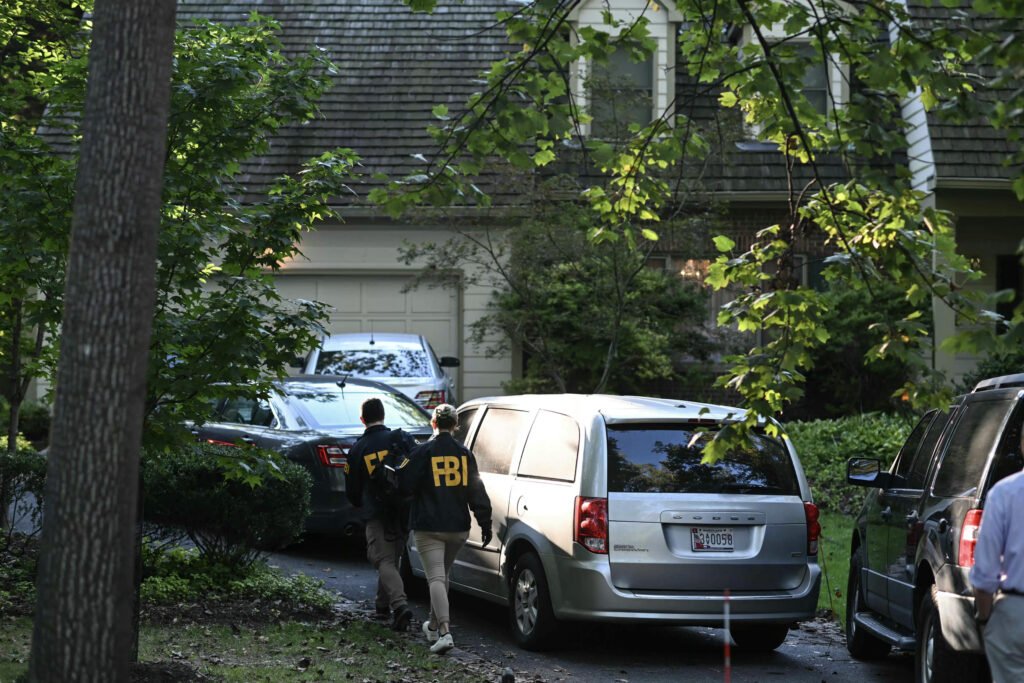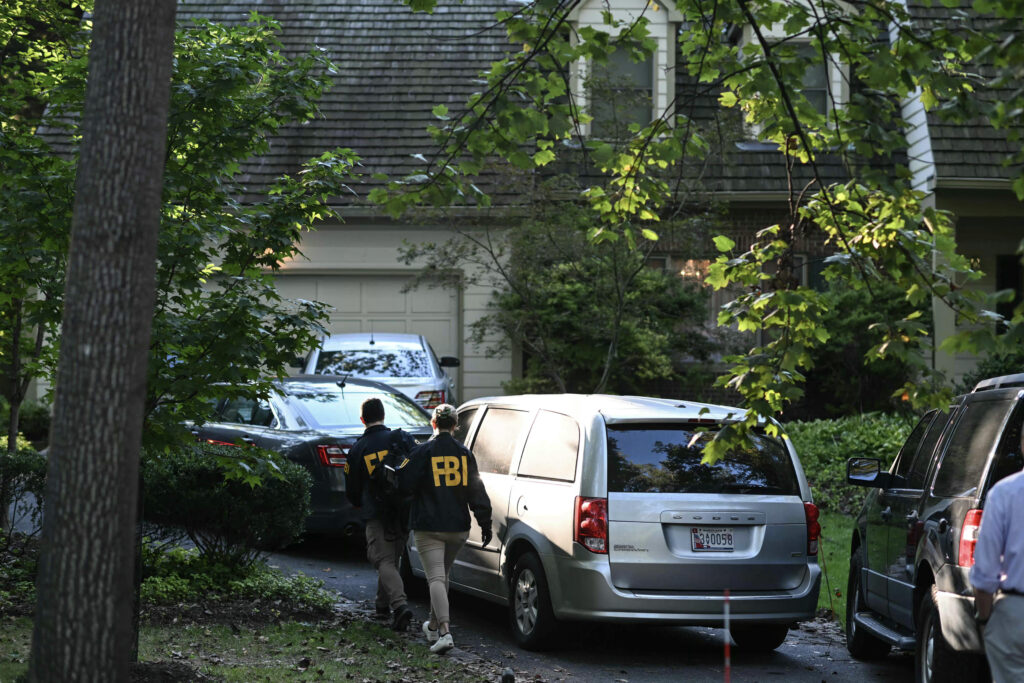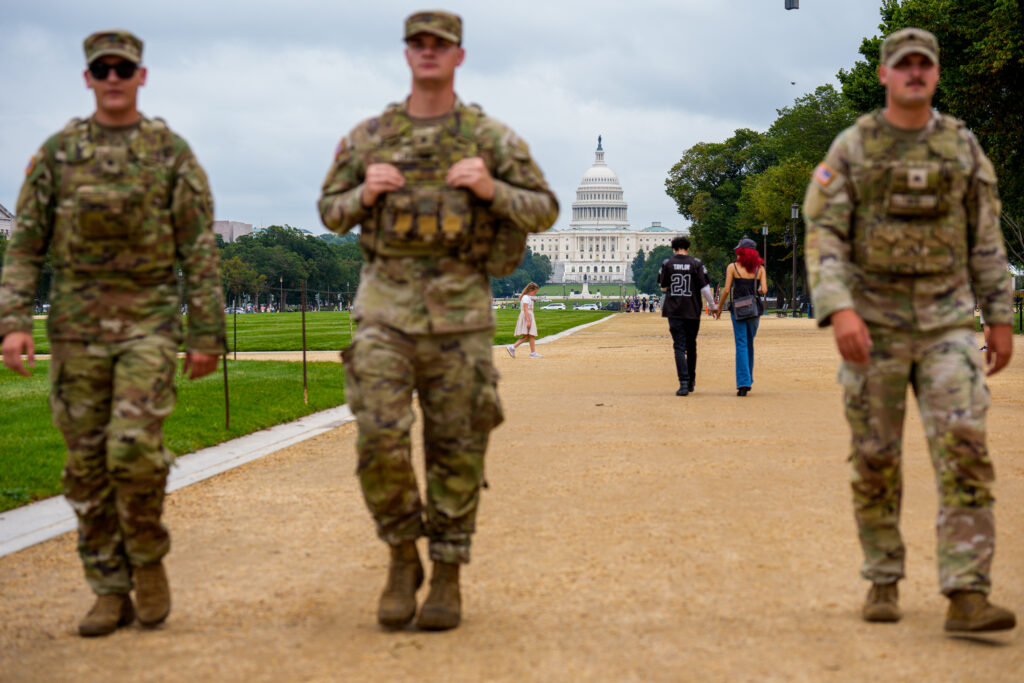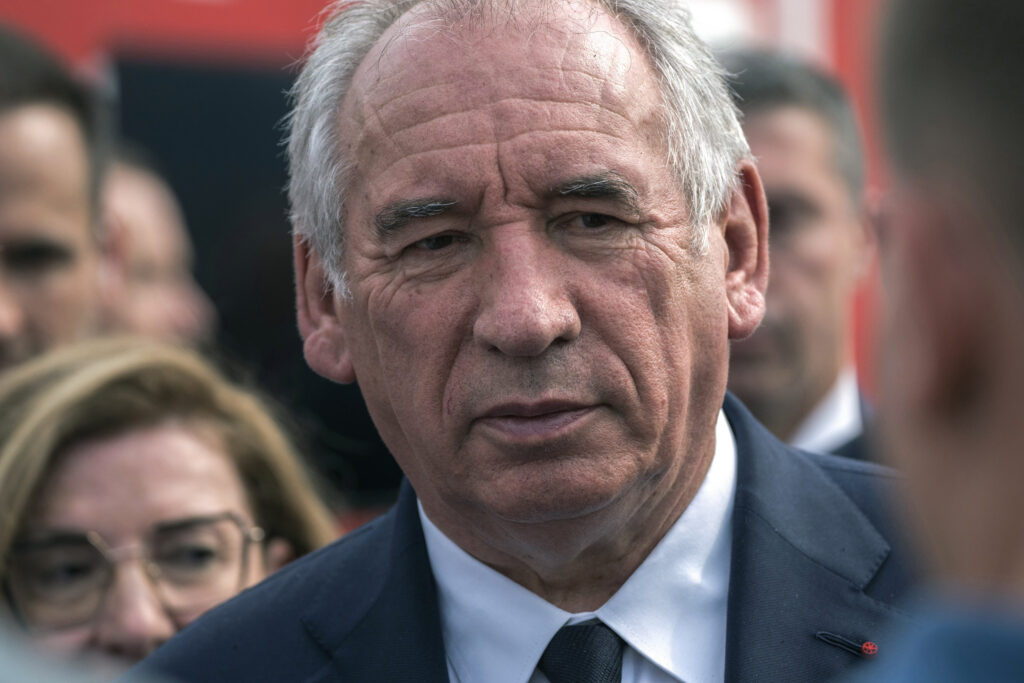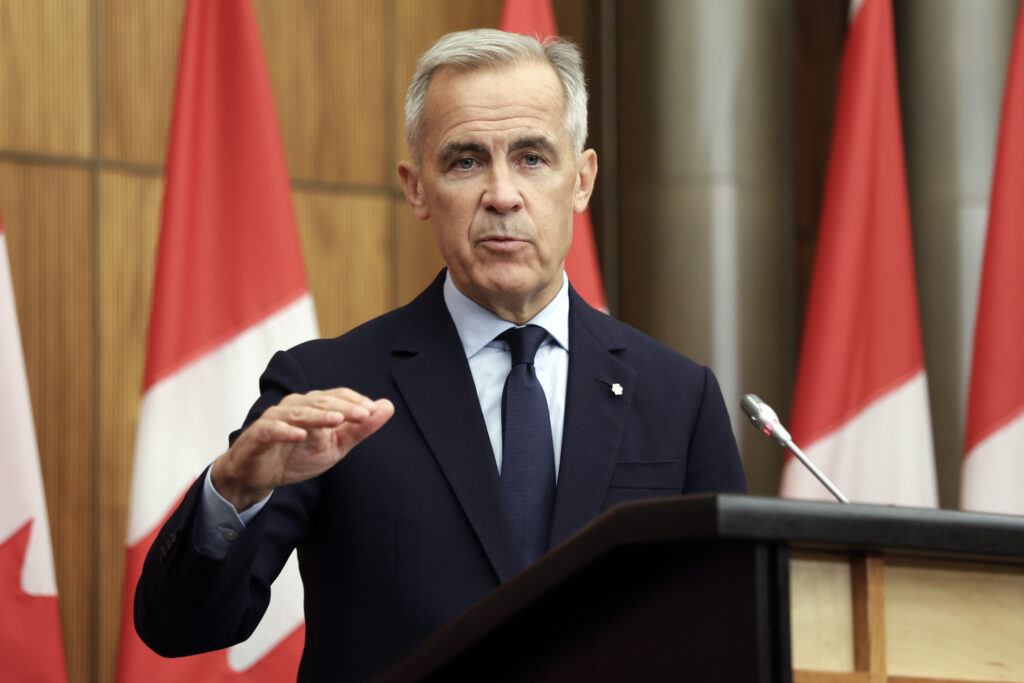Le FBI perquisitionne le domicile de John Bolton, ex-conseiller de Trump devenu ardent critique
La police fédérale américaine (FBI) a perquisitionné vendredi le domicile de John Bolton, ex-conseiller de Donald Trump à la sécurité nationale lors du premier mandat du républicain, et devenu depuis l’un de ses plus ardents critiques.Des agents du FBI entraient et sortaient tôt vendredi de la maison située en banlieue de la capitale Washington de cet ancien haut responsable américain, a constaté un journaliste de l’AFP.”PERSONNE n’est au-dessus de la loi… Les agents du FBI sont en mission”, a déclaré sur X le directeur de la police fédérale, Kash Patel, fidèle de Donald Trump, sans préciser à quelle affaire il faisait référence.Donald Trump avait fait grand cas de sa volonté d’enquêter et de poursuivre ses “ennemis de l’intérieur”. En 2020, il avait affirmé que John Bolton devrait être “en prison” pour avoir écrit un livre sur son passage à la Maison Blanche entre 2018 et 2019.Interrogé par la presse vendredi, le président américain a déclaré ne pas avoir été informé par le FBI de cette perquisition, avant de lancer plusieurs piques à son ancien conseiller.”Je ne suis pas fan de John Bolton. C’est vraiment un moins-que-rien”, a-t-il déclaré.”Ce n’est pas un gars intelligent, mais il pourrait aussi être très antipatriotique, on va voir ça”, a ajouté Donald Trump.- Documents classés confidentiel -Selon le New York Times et d’autres médias américains, la perquisition a été ordonnée pour déterminer si John Bolton avait partagé ou était en possession illégale de documents classés confidentiel. “Les documents classés confidentiel font certainement partie (de l’enquête), mais je pense qu’il y a des préoccupations plus larges” à propos de John Bolton, a déclaré le vice-président JD Vance vendredi à NBC News.Donald Trump avait lui-même été poursuivi au niveau fédéral pour rétention de documents classés confidentiel après son départ du pouvoir en 2021 et sa résidence Mar-a-Lago en Floride avait été perquisitionnée par le FBI, comme il l’a rappelé devant la presse vendredi dans le Bureau ovale.De retour à la Maison Blanche en janvier, le milliardaire républicain avait signé un décret exécutif accusant son ex-conseiller d’avoir révélé “des informations sensibles du temps où il était” à la Maison Blanche.Il avait également privé son ancien conseiller de la protection du Secret Service, l’agence chargée de protéger les hautes personnalités politiques aux Etats-Unis et lui avait coupé tout accès à des données de renseignement.John Bolton aurait été la cible d’un projet d’assassinat fomenté par l’Iran entre 2021 et 2022, et il avait affirmé en janvier que “la menace demeurait”. Téhéran aurait ainsi voulu venger la mort de son général Qassem Soleimani, tué en 2020 dans une frappe en Irak ordonnée par le président Trump.Avec son visage barré d’une épaisse moustache, ce républicain de 76 ans s’était fait connaître à l’international comme ambassadeur à l’ONU sous la présidence de George W. Bush, durant la guerre en Irak.- “Présidence de représailles” -Après son limogeage par Donald Trump, il avait commencé à prendre position contre le républicain. Dans un livre paru en 2020, John Bolton avait présenté son ancien patron comme “inapte” à diriger la première puissance mondiale.Récemment, il a critiqué le sommet entre le président américain et son homologue russe, Vladimir Poutine, en Alaska. Dans une interview la semaine dernière à ABC News, l’ancien ambassadeur avait qualifié le second mandat du républicain comme une “présidence de représailles”.Il a également critiqué à plusieurs reprises la nomination de Kash Patel à la tête du FBI, qui selon lui “montre ce que Trump veut vraiment, c’est-à-dire une allégeance à Trump”.Au moment de cette nomination, des élus démocrates avaient exprimé leur forte opposition. Le sénateur Dick Durbin avait dit craindre que cet ancien procureur fédéral n’utilise son nouveau rôle pour “se venger de ses ennemis politiques”.Vendredi, l’élu démocrate Jamie Raskin –dont la circonscription au Congrès américain comprend la ville de Bethesda– a dénoncé la perquisition du domicile de John Bolton comme un événement “perturbant”.”Cela semble confirmer la propre prédiction de Bolton que si Donald Trump revenait au pouvoir, son administration serait consumée par l’idée de vengeance et représailles contre ceux perçus comme ses ennemis politiques”, a-t-il déclaré à CNN.
